What Are Cam Phasers F150
If you’re a Ford F150 owner or enthusiast, you’ve likely heard the term cam phasers thrown around, especially when discussing engine performance or repairs. But what exactly are cam phasers, and why are they important for your truck’s operation? This article breaks down the role of cam phasers in your Ford F150’s engine, how they affect performance, and what issues you might encounter with them.
Key Takeaways
Ford’s cam phasers are specially designed, computer-controlled cam gears that have the ability to adjust camshaft position (centerline – advance or retard) while the engine is running. They are used on all 2004 and newer, Ford 3 Valve Modular engines. Since the Modular 3V engine uses two camshafts, one phaser is required for each camshaft – two cam phasers per engine.
Understanding Cam Phasers: What Do They Do?

Cam phasers are components of your engine’s variable valve timing (VVT) system. In simple terms, they help control the timing of the camshaft, which in turn regulates the opening and closing of the engine’s valves. By adjusting the valve timing based on engine load and RPM, cam phasers optimize engine performance and fuel efficiency.
How Cam Phasers Work
In an internal combustion engine, the camshaft is responsible for controlling the movement of the intake and exhaust valves. Traditionally, camshafts are static, meaning the valve timing remains the same under all driving conditions. However, with cam phasers, this timing can be adjusted dynamically as the engine runs. Here’s how the system works:
- Hydraulic Pressure: Cam phasers use oil pressure to adjust the camshaft’s position.
- Variable Valve Timing: By advancing or retarding the camshaft’s position, the cam phasers can change when the valves open and close during the engine’s combustion cycle.
- Improved Performance: This adjustment helps improve engine efficiency, power, and emissions by ensuring the engine operates at peak performance under different conditions.
For example, at low speeds or idle, the cam phasers can reduce valve overlap, which helps improve fuel efficiency and smooth idling. At higher speeds, they can increase overlap to boost power output.
Why are Cam Phasers Important?

Cam phasers play a critical role in maximizing your F150’s engine performance. They allow for greater control over the engine’s airflow, which helps deliver more power when needed and better fuel economy under lighter loads. This fine-tuned control also helps reduce emissions, making your truck more environmentally friendly.
In Ford’s V8 and EcoBoost engines, cam phasers contribute to the overall performance balance between horsepower, torque, and fuel efficiency. Without properly functioning cam phasers, your engine may not operate as efficiently or smoothly, which can lead to a noticeable decline in performance.
Common Cam Phaser Issues on the Ford F150
Unfortunately, cam phasers can be a source of frustration for many Ford F150 owners, particularly those with the 5.4L Triton V8 engine (common in F150 models from the early to mid-2000s). Over time, cam phasers can wear out or malfunction, leading to several noticeable problems:
- Engine Noise: A common sign of bad cam phasers is a distinct rattling or ticking noise coming from the engine, especially at idle. This noise is often most noticeable when the engine is cold.
- Performance Issues: Faulty cam phasers can cause poor engine performance, including sluggish acceleration, rough idling, and reduced power output.
- Check Engine Light: A malfunctioning cam phaser can trigger the check engine light, often accompanied by error codes related to timing or VVT issues.
- Fuel Economy Decline: Since cam phasers are crucial for optimizing fuel efficiency, a problem with them can result in poor gas mileage.
If you notice any of these symptoms, it’s important to have your truck inspected by a mechanic as soon as possible. Ignoring cam phaser issues can lead to more serious engine damage over time.
Cam Phaser Replacement: What to Expect
If you’re experiencing cam phaser problems, you may need to replace them. While the cost can vary depending on the model year and engine type, replacing cam phasers on a Ford F150 typically costs between $1,000 and $2,500. This can be a costly repair due to the labor involved, as it requires accessing the camshaft and timing components.
In some cases, the entire timing system may need to be replaced if the phasers have caused significant wear on other components like the timing chain or gears. It’s also worth noting that some F150 owners have opted to install a cam phaser lockout kit, which eliminates the variable valve timing function to avoid future issues. However, this modification can affect your truck’s performance and emissions, so it’s not always the best solution for every driver.

Are Cam Phaser Problems Common?
While cam phaser issues are more common in certain F150 models and engine types, they aren’t inevitable. Proper maintenance, such as using the correct oil type and changing it regularly, can help extend the lifespan of your cam phasers and keep your engine running smoothly.
Ford has addressed cam phaser problems in more recent models, particularly with the newer EcoBoost engines and the latest versions of the Coyote V8. These engines tend to have fewer cam phaser-related issues compared to older F150 models, thanks to improvements in design and manufacturing.
Preventing Cam Phaser Issues
To minimize the risk of cam phaser problems in your Ford F150, here are a few tips to keep in mind:
- Regular Oil Changes: Since cam phasers rely on oil pressure, using the right type of oil and changing it at regular intervals is crucial. Always follow the manufacturer’s recommendations for oil type and change intervals.
- Avoid Prolonged Idling: Cam phasers can wear out faster if your engine spends a lot of time idling, as the oil pressure is lower at idle. If possible, try to avoid letting your truck idle for extended periods.
- Monitor Engine Performance: If you notice any unusual noises, performance issues, or a decline in fuel efficiency, have your truck inspected by a mechanic. Catching cam phaser problems early can help prevent more expensive repairs down the line.
Conclusion: The Importance of Cam Phasers in Your F150
Cam phasers are an essential part of your Ford F150’s engine, allowing for precise control over valve timing and helping to balance power, fuel efficiency, and emissions. While they can be prone to wear and malfunction, particularly in older models, proper maintenance and early detection of issues can help you avoid costly repairs.
If you suspect you’re dealing with cam phaser problems or are simply curious about how they impact your truck’s performance, don’t hesitate to consult with a professional mechanic. For more insights on maintaining your Ford F150 and keeping it in top shape, visit Road Momentum, where you’ll find expert advice on everything from engine care to truck upgrades.
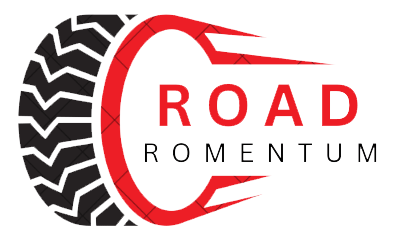
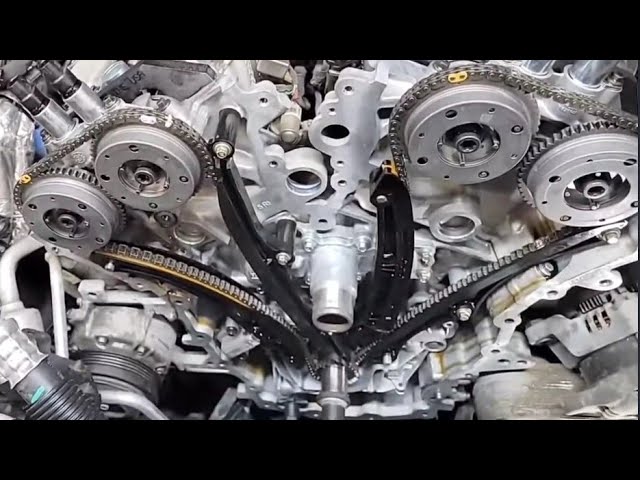
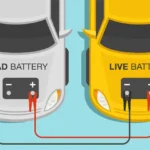
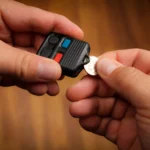


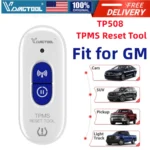


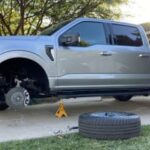


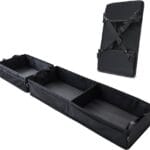


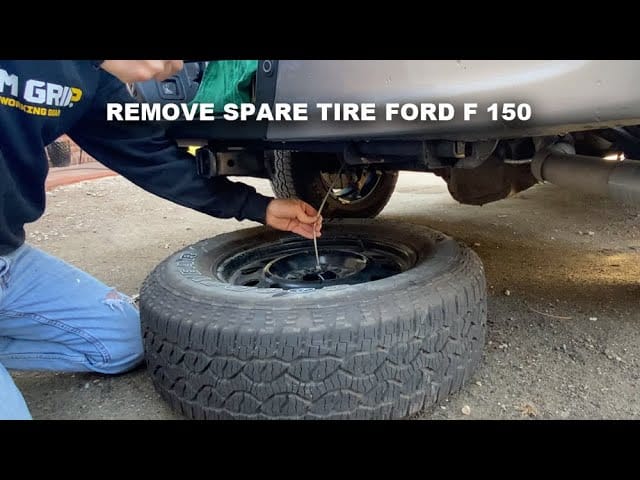
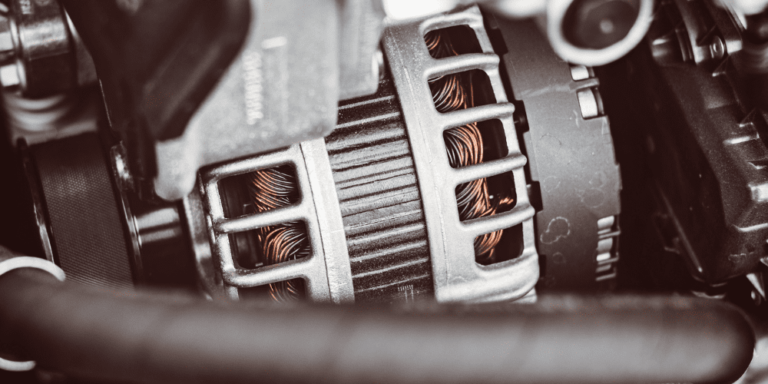

![What's Included in F-150 FX4 Package [2025 Complete Guide] 90 What Is Included In F150 fx4 Package](https://roadmomentum.com/wp-content/uploads/2025/03/What-Is-Included-In-F150-fx4-Package--768x403.webp)